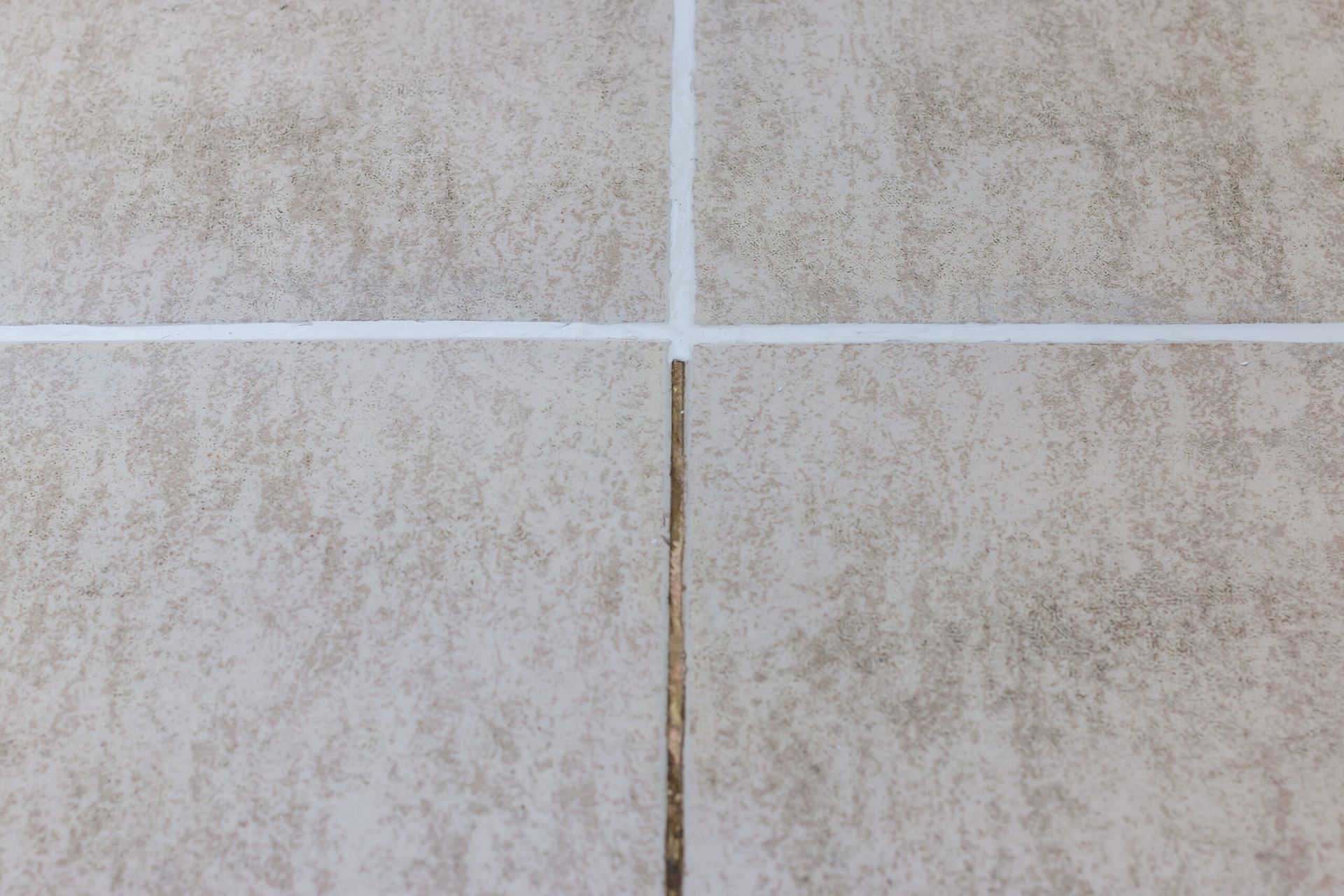We're here to help!
We have been restoring, repairing, polishing, grouting and protecting tile, marble, stone and grout since 1997.
Hello!
Request a callback
We’ll call you in under 1 hour!
Speak to a real expert.
Contact Us
We will get back to you as soon as possible.
Please try again later.
Marble Stain Removal: What Works, What Doesn't, and When to Call a Pro
What Causes Stains on Marble?
Stains on marble can ruin the look of an otherwise flawless surface. Whether it's from oil, wine, coffee, or something you can't identify, marble stains can be frustrating — especially when typical household methods don't work.
Marble is a porous natural stone. That means anything with pigment or oil can seep below the surface and leave a stain. Common causes include:
- Oils: Olive oil, lotion, or greasy foods
- Organic matter: Coffee, wine, tea, fruit juice, leaves, mold
- Metal: Rust from cans, tools, or fixtures
- Water: Hard water can cause mineral buildup and dull marks
- Cleaning products: Anything acidic (like vinegar or bleach) can etch or discolor marble
Stain vs. Etch
Know the Difference
People often confuse stains with etch marks, but they’re completely different problems:
- Stains darken the marble and are caused by absorption of a liquid or pigment.
- Etching looks like a dull, light-colored mark or ring. It's a chemical burn on the surface.
- Knowing which one you have is important, because the treatments are not the same.
Common DIY Mistakes:
Using vinegar or lemon juice (etches and damages marble)
Scrubbing with abrasive pads (scratches polished surfaces)
Trying bleach or hydrogen peroxide (can work, but may bleach surrounding stone)
What Do Professionals Do Differently?
Professionals identify the type of stain and use pH-balanced, marble-safe stain removers. The process may include:
- Deep poultice treatment
- Surface cleaning and neutralization
- Blending the area to match the surrounding finish
- Repolishing and sealing (to prevent future staining)
Some stains require multiple steps — especially oil-based or rust stains that have had time to soak in.
Do you need stain removal?
A polished finish doesn’t always mean the stone was fully restored.
We use the same detailed approach trusted by stone manufacturers — built for lasting results.
When it’s done right, you see the difference now — and years from now.
Questions?
We're here to help.
We will get back to you as soon as possible.
Please try again later.

Recent news & Stone RestorationTopics
Latest updates from the industry









